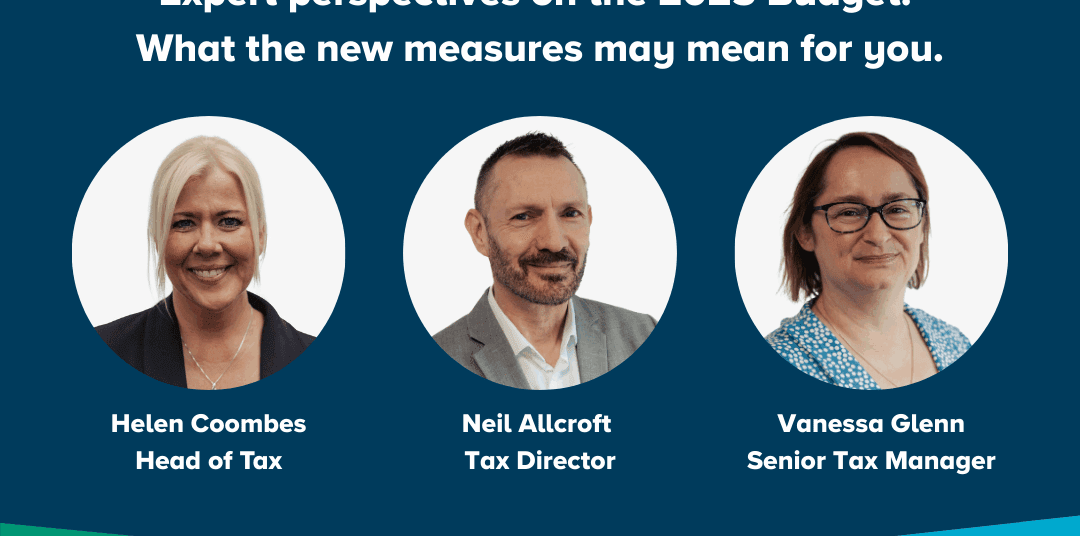Many businesses are paying more tax than they need to because they fail to capitalise on potential savings available via Research & Development (R&D) tax relief.
Eligibility for R&D is extremely broad – put simply, if you are seeking to create or enhance a product of process (making something faster, shorter, more robust, more economical, more efficient, more resilient etc.) then there is potential for a R&D tax credit to be made. Similarly, if you create or improve a solution to a problem (such as enhancing a production process), and in order to achieve this there are technical/scientific problems or uncertainties that are required to be overcome, you could also be eligible for R&D tax relief.
Common misperceptions about R&D tax relief
- A claim cannot be made if a product is sold to a customer
- A claim cannot be made if a grant is received
- A project has to be successful in order to make a claim
- If a project is initiated by a customer then it does not qualify
- It may increase the risk of an HMRC enquiry
- The scheme is restricted to laboratory led ‘men in white coats’
All of these are incorrect and we really encourage any business that engages in any form of manufacturing, design, engineering, IT, product development, problem solving, or solution providing activities to discuss the scheme with us and explore whether any activities they are undertaking qualify for these valuable tax benefits.
How the R&D tax relief scheme works
The scheme is divided into the SME scheme and Large Company Scheme. However, which scheme you apply for can be determined by the project as well as your company size so it’s worth seeking advice.
R&D scheme for SMEs
The tax relief on allowable R&D costs for SMEs is 230%. This means that for every £100 of qualifying costs, your company could receive corporation tax relief on an additional £130 on top of the £100 spent. If the enhanced expenditure creates taxable losses, they may be surrendered for a payable tax credit from HMRC of 14.5% – therefore providing a valuable cash injection for the business.
R&D scheme for large companies
Under the Large Company Scheme, qualifying expenditure is not enhanced but provides for a payable tax credit of 13% of the expenditure incurred (known as RDEC – research and development expenditure credit).
Have there been any changes made to the scheme recently?
- Since April 2021, the tax relief has been capped in order to limit the amount of payable R&D tax credit that a SME can claim. Tax Credit repayments for SMEs are now capped at £20,000 plus three times their combined PAYE and NIC liability. This is subject to some exemptions which can be found on the GOV.UK website.
- Since April 2021, Companies making claims under the SME or R&D Expenditure Credit (RDEC) schemes must submit supplementary form CT600L. The reason behind this is to help reduce fraudulent claims by introducing a form which demands more comprehensive details than just the standard corporation tax return (CT600 form). Both forms are now required to be submitted.
Changes effective from April 2023:
- Cloud computing and data costs will qualify as eligible expenditure. This supports modern research methods and helps to ensure that the rules of the scheme are targeted and refocused towards R&D investment and innovation undertaken in the UK.
- As of April 2023, the R&D tax relief will only be available for research and development which is being carried out in the UK. Previously, the relief was available on world-wide costs, however the Government wants to encourage R&D spending within the UK.
Is the scheme right for you?
Qualifying R&D expenditure includes items such as staff costs, computer software used directly in the Research and Development, raw materials and utilities (power, water, fuel) and sub-contractor costs.
The scheme is designed to provide tax benefits for any company seeking to achieve an advance in science or technology through the resolution of scientific or technological uncertainty.
Often the best way to establish whether and what might be in scope is to have an exploratory discussion. Our approach is to work with you to identify what you are doing and how that might fit within the R&D scheme requirements.
R&D tax relief example
We recently helped identify a qualifying project and made a successful claim for a company
offering bespoke packaging design solutions.
After discussing how certain aspects of their projects qualified under the R&D scheme, we
also identified that they had recently undertaken a complete restructuring of their production
line process. This was not a project that the company had considered would qualify until we
explained the R&D scheme and how it can apply to various scenarios. The company was
striving for improved output and efficiency rates and attempting to create a system that could
adapt to changing design solutions. This turned out to be a significant project for which a
successful R&D claim was made and demonstrates that businesses may be undertaking
qualifying R&D activity without realising it.
Calling all creatives
Did you know that there is a similar tax relief scheme for companies directly involved in the
production and development of certain films, high-end and children’s television programmes,
animation programmes, video games, theatrical productions and orchestral concerts? We
have submitted a number of successful creative industry tax relief claims on behalf of our
clients.
Contact our Associate Tax Director, Neil, to discuss whether you could be eligible for R&D
tax relief.
Email: [email protected]
Phone: 01926 422292 or 02476 306029














